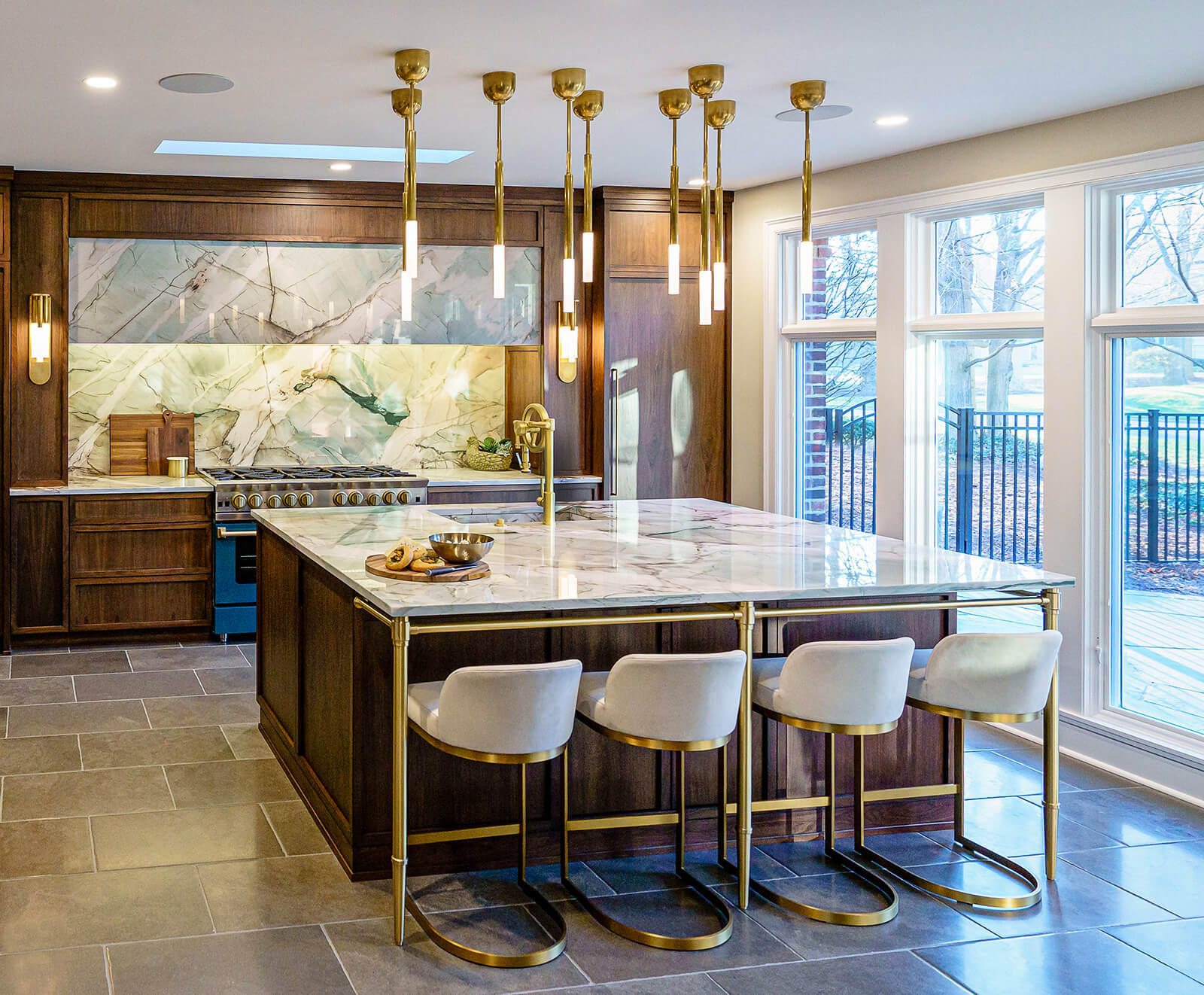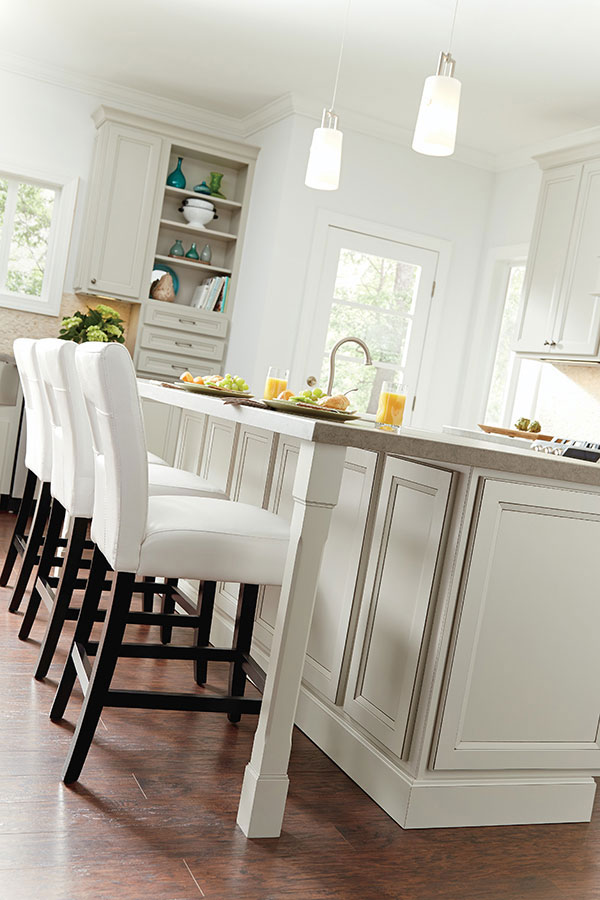Upgrade Your Kitchen's Aesthetic with Premium Legs For Kitchen Island
Upgrade Your Kitchen's Aesthetic with Premium Legs For Kitchen Island
Blog Article
Vital Elements to Consider When Picking Legs For Kitchen Island
Selecting the ideal legs for a cooking area island involves a mindful analysis of numerous elements that can considerably affect both performance and visual allure. Among these, the choice of material plays a pivotal function in ensuring resilience, while the style must complement the existing style. Factors to consider such as elevation and weight support are vital for stability and comfort. As we discover these components, it ends up being clear that each choice can have far-ranging effects for the total cooking area experience. What subtleties should be taken into consideration in each of these classifications to achieve the excellent balance?
Material Options
When selecting legs for a kitchen area island, recognizing the various product alternatives is essential for achieving both visual charm and architectural integrity (Legs For Kitchen Island). The selection of product significantly influences not only the toughness of the island however also its general design and functionality
Wood is a preferred selection, offering heat and convenience. Solid hardwoods, such as oak or maple, offer strength and can be stained or painted to match the kitchen decor. Steel legs, typically made from stainless-steel or functioned iron, add a industrial and contemporary feel while making sure durability and stability. These products are immune to put on and can support significant weight, making them ideal for larger islands.
One more choice is crafted materials, like MDF or plywood, which can be a lot more affordable while still supplying a variety of coatings. Nonetheless, they may not give the exact same level of security as strong wood or steel. Products such as acrylic or glass can create a contemporary look, though they may require additional support to guarantee stability.
Eventually, the option of material for kitchen area island legs must straighten with the desired functionality and the total motif of the kitchen.
Design And Style

When considering design, the form and coating of the legs are vital. Tapered legs can supply a sense of lightness and sophistication, while thicker, more durable legs can communicate stamina and stability. In addition, the coating-- be it repainted, discolored, or all-natural-- should match the cabinetry and kitchen counter materials to create a unified look.
Additionally, the design of the legs can likewise show personal taste. Personalized or attractive legs, such as those including elaborate makings or unique geometric shapes, can function as prime focus, adding personality and personality to the kitchen area. Inevitably, the best choice will certainly not just enhance capability however likewise boost the aesthetic appeal, making the cooking area island a standout feature of the home.
Height Considerations
Picking the ideal elevation for cooking area island legs is critical, as it straight impacts both performance and convenience. The basic elevation for a kitchen island normally ranges from 36 to 42 inches, straightening with usual counter top elevations. A 36-inch height is suitable for food preparation and cooking, permitting comfortable find more info use of kitchen area appliances and devices. On the other hand, a height of 42 inches is commonly preferred for islands meant for bar seating, suiting taller stools and offering a casual dining experience.

It is likewise necessary to make up customers' choices and heights. Personalizing the elevation can make sure a comfortable experience for all member of the family, making the kitchen island a much more practical and pleasurable space.
Weight Support
Guaranteeing adequate weight assistance for kitchen island legs is vital for both safety and capability. The kitchen island commonly serves several purposes, consisting of food prep work, eating, and additional storage space, necessitating a robust support structure. When selecting legs, it is vital to think about the overall weight ability needed based upon the island's meant use and the materials that will be put on it.
The choice of material for the legs plays a significant function in their weight-bearing abilities. Solid wood, metal, and durable composites generally give premium toughness contrasted to lighter products. In addition, the design of the legs-- whether they are straight, tapered, or have a pedestal kind-- can affect their capability to distribute weight properly throughout the framework.
Additionally, the leg positioning should be purposefully prepared to enhance stability. Legs placed at the edges or with a bigger base can much better sustain larger tons. Always seek advice from the maker's requirements pertaining to lots restrictions to ensure that the legs can maintain the desired weight without endangering safety. In recap, selecting kitchen island legs with adequate weight support is important for developing a secure and practical culinary area.
Setup and Maintenance
Appropriate installment and upkeep of kitchen island legs are crucial for ensuring longevity and stability. To start, it is important to follow the manufacturer's guidelines throughout setup. This typically involves safeguarding the legs to the island base making use of suitable fasteners, ensuring that the legs are degree and straightened. Making use of a degree device can assist prevent tottering and boost the total visual appeal of the kitchen island.
When mounted, normal upkeep is needed to preserve the honesty and appearance of the legs - Legs For Kitchen Island. For wooden legs, routine cleansing with a moist cloth and application of appropriate wood gloss can avoid moisture damage and preserve their coating. Steel legs click site might call for a gentle cleansing option to eliminate grease and gunk, complied with by a dry fabric to avoid corrosion formation
Additionally, evaluate the legs routinely for signs of wear or damage, such as splits or loose joints. Tightening up screws or screws as needed can additionally extend the life expectancy of the legs. By sticking to these setup and maintenance methods, house owners can make sure that their kitchen area island remains tough and visually appealing for many years to come.
Verdict

Aesthetic coherence is paramount in picking the style and design of legs for a kitchen area island, as these elements considerably influence the total ambiance of the room. Conical legs can offer a sense of agility and sophistication, while thicker, more robust legs can share toughness and stability.Picking the ideal height for cooking area island legs is essential, as it straight affects both functionality and comfort. In summary, choosing cooking area island legs with appropriate weight assistance is important for producing a secure and useful cooking area.
In final thought, choosing legs for a cooking area island necessitates careful consideration of different elements, consisting of material choices, design, height, weight assistance, and installment.
Report this page